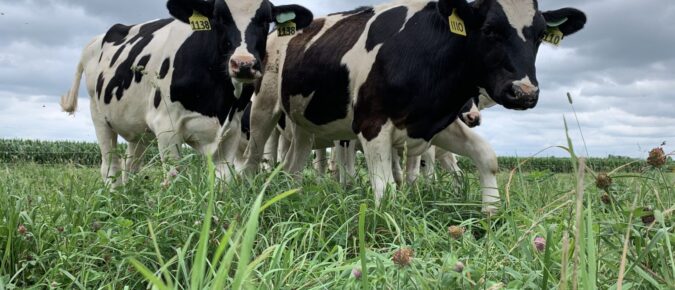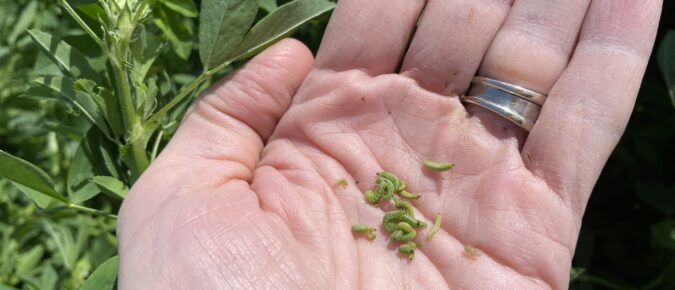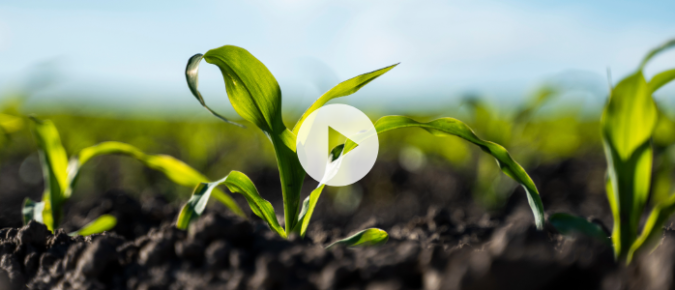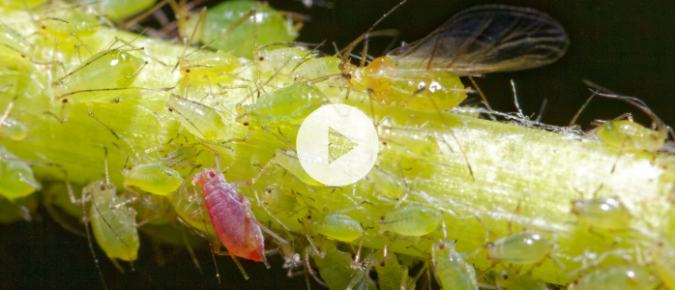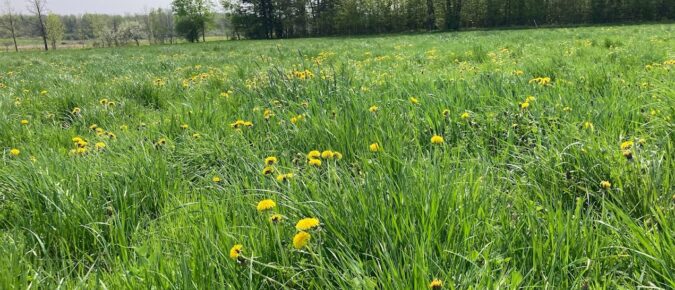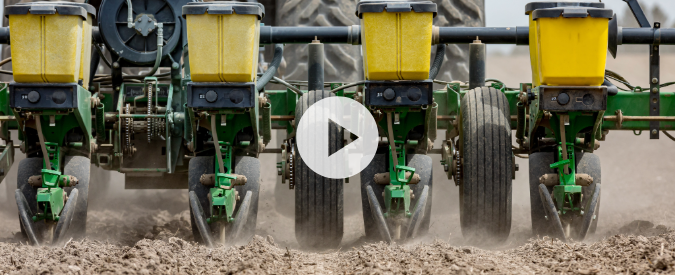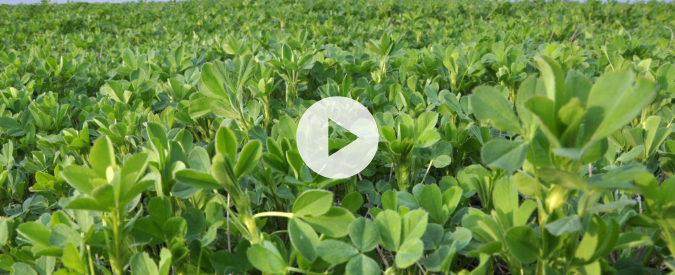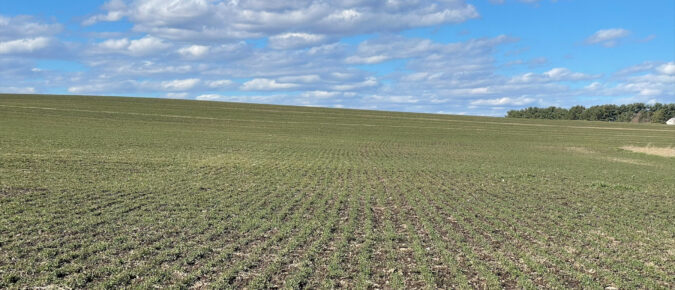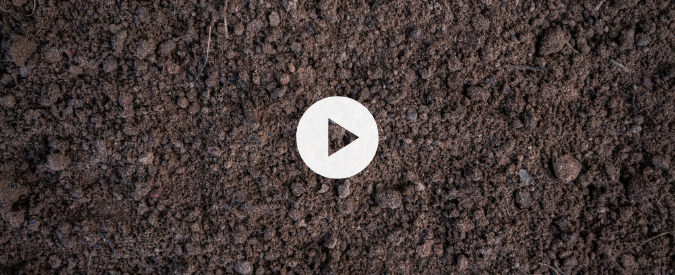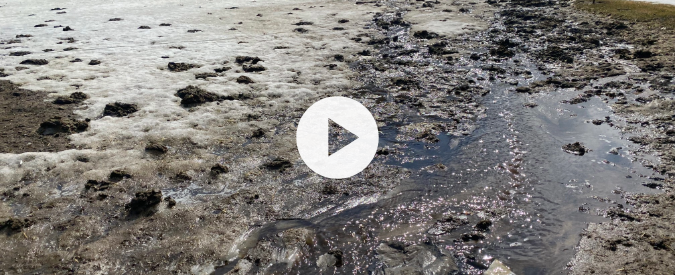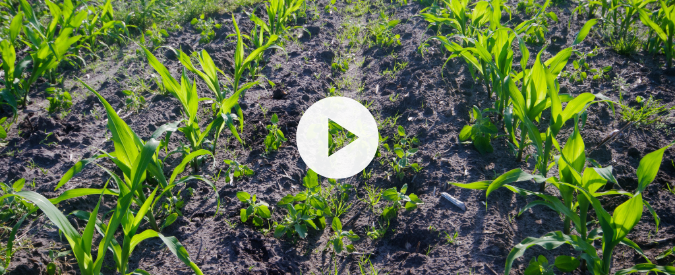Like gas and groceries, the cost of trucking and raising dairy heifers out West has gone up. Does this present Wisconsin farmers with an opportunity to lure these animals back to the state with low-input approaches and similar performance standards with well-managed grazing?
Alfalfa is a valuable forage crop in Wisconsin that supports dairy and livestock production. Alfalfa can be threatened by the alfalfa weevil (Hypera postica), an early-season pest that feeds on alfalfa leaves and may severely damage first-crop and second-crop alfalfa fields.
The May 8 Badger Crop Connect session features Chris Bandura, Extension’s Conservation Cropping Outreach Specialist, speaking about nitrogen rate and timing considerations.
The May 8 Badger Crop Connect session features Dr. Emily Bick, an Assistant Professor of Precision Pest Ecology & Extension Specialist for Field & Forage Crops at UW—Madison.
Each year, in May when the dandelions start showing their faces, the most common topic of discussion in the grazing and livestock world is “When can I start grazing?” While those lush, green pastures look awfully inviting after months of feeding hay, farmers must pause and make a wise, informed decision regarding when to start grazing because starting too soon can result in a dramatic shortening of a month or more at the end of the grazing season.
The April 24 Badger Crop Connect session features Dr. Brian Luck, Associate Professor & Extension Specialist for Ag Machinery and Precision Ag, UW–Madison Biological Systems Engineering Department.
The April 24 Badger Crop Connect session features Scott Newell, Extension’s Alfalfa Outreach Specialist.
As we move into alfalfa planting season in Wisconsin, it is important to double-check herbicide records for the field you will be planting into. Many common herbicides used for commercial crop production contain restrictions on the label when rotating to alfalfa. A rotation restriction is the interval between herbicide application and when alfalfa planting can […]
A grower’s perspective. This is one of a nine-part video series on the basics of planting corn and soybean into a green living cover crop. Dan Smith, Extension Nutrient and Pest Management program manager, and Tony, a Dodge County farmer, discuss cover crop termination and early corn growth and observe soil moisture after planting.
A researcher’s perspective. This is one of a nine-part video series on the basics of planting corn and soybean into a green living cover crop. Jamie Patton, Wisconsin state soil health coordinator for USDA NRCS, discusses the soil health benefits of planting green. She focuses on how planting green helps minimize soil disturbances, maintain living […]
This is one of a nine-part video series on the basics of planting corn and soybean into a green living cover crop. These videos detail the basics of rye establishment the previous fall, planter set-up, weed control, water quality and soil health considerations, and a field scouting trip to see how these practices come together […]
A researcher’s perspective. This is one of a nine-part video series on the basics of planting corn and soybean into a green living cover crop. In this video, Dan Smith, Extension Nutrient and Pest Management program manager, and Rodrigo Werle, an associate professor in the UW–Madison Department of Plant and Agroecosystem Sciences and Extension weed […]

